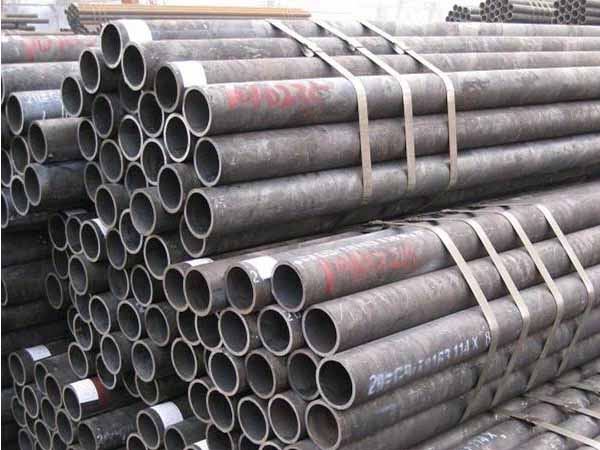Seamless steel pipes play a vital role in the oil and gas industry. These pipes are widely used in transportation pipelines that carry crude oil, natural gas, and refined products. Their superior strength, corrosion resistance, and ability to withstand high pressure make them ideal for critical energy infrastructure.

What are seamless pipes?
Seamless pipes are manufactured without any welding seam. They are produced through hot rolling, cold drawing, or extrusion processes from solid steel billets.
Unlike welded pipes, seamless pipes have a uniform structure and continuous grain flow, providing excellent mechanical strength and pressure-bearing capacity—essential qualities for oil and gas transmission.
Why use seamless pipes in oil and gas pipelines?
High pressure resistance
Seamless pipes can handle extreme pressure variations during fluid transportation, ensuring the safety and reliability of pipelines in both onshore and offshore environments.
Corrosion and temperature resistance
Oil and gas pipelines often operate under harsh environmental conditions. Seamless pipes made from alloy or stainless steel grades provide superior resistance to corrosion, oxidation, and temperature fluctuations.
Enhancedsafety and long service life
The absence of weld seams eliminates weak points, reducing the risk of leaks and failures. This makes seamless pipes a preferred choice for long-distance transmission lines.
Smooth internal surface
The smooth bore of seamless pipes reduces friction losses and improves flow efficiency, which is crucial in large-scale energy transportation networks.
Common materials and standards
Seamless pipes for oil and gas pipelines are manufactured according to international standards, including:
API 5L (Grades B, X42, X52, X60, X70, X80)–Carbon steel line pipes for oil and gas transportation.
ASTM A106 / ASME SA106–Seamless carbon steel pipes for high-temperature service.
ASTM A333–Low-temperature service seamless steel pipes.
ASTM A335–Alloy steel seamless pipes for high-temperature applications.
Manufacturing process
The production of seamless pipes involves several precise steps:
Billet selection and heating:High-quality round billets are selected and heated to formable temperatures.
Piercing and rolling:The billet is pierced to form a hollow shell and then rolled to achieve the desired diameter and wall thickness.
Sizing and heat treatment:Pipes undergo sizing, straightening, and heat treatment to ensure consistent mechanical properties.
Inspection and testing:Non-destructive tests such as ultrasonic, hydrostatic, and eddy current tests are performed to ensure compliance with API or ASTM standards.
Applications in oil and gas industry
Seamless steel pipes are used in:
Crude oil and natural gas transmission pipelines
Offshore drilling and subsea pipelines
Refinery piping systems
Gas gathering and distribution networks
High-pressure boiler and heat exchanger systems
Conclusion
Seamless pipes are indispensable in the oil and gas sector due to their reliability, strength, and safety performance. Choosing high-quality seamless pipes that meet API and ASTM standards ensures long-term efficiency and security in energy transportation systems.